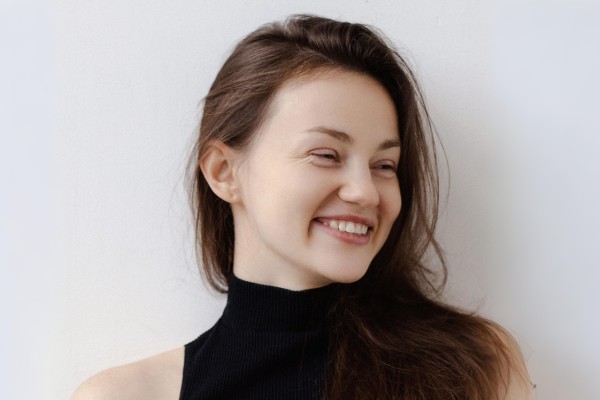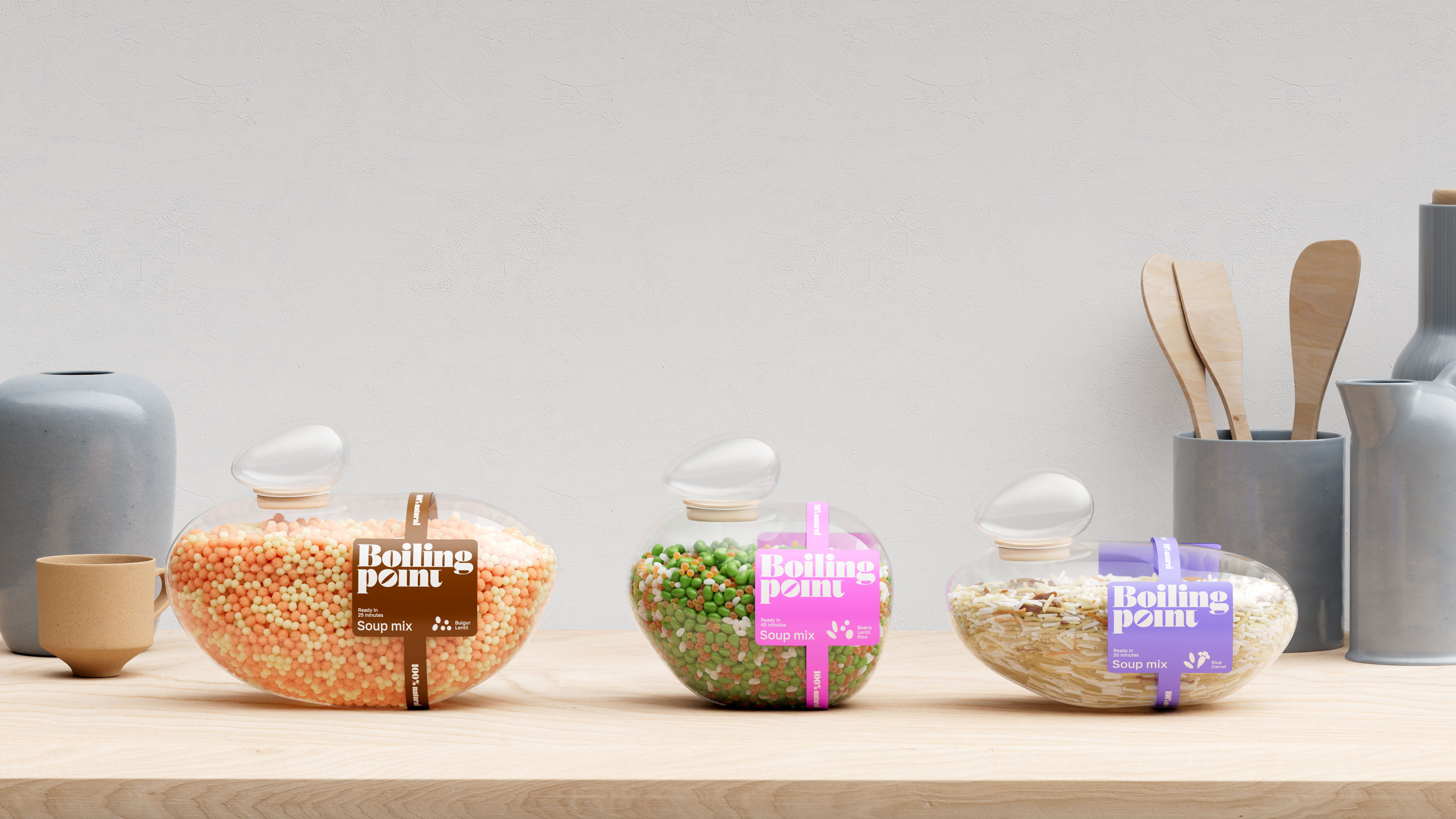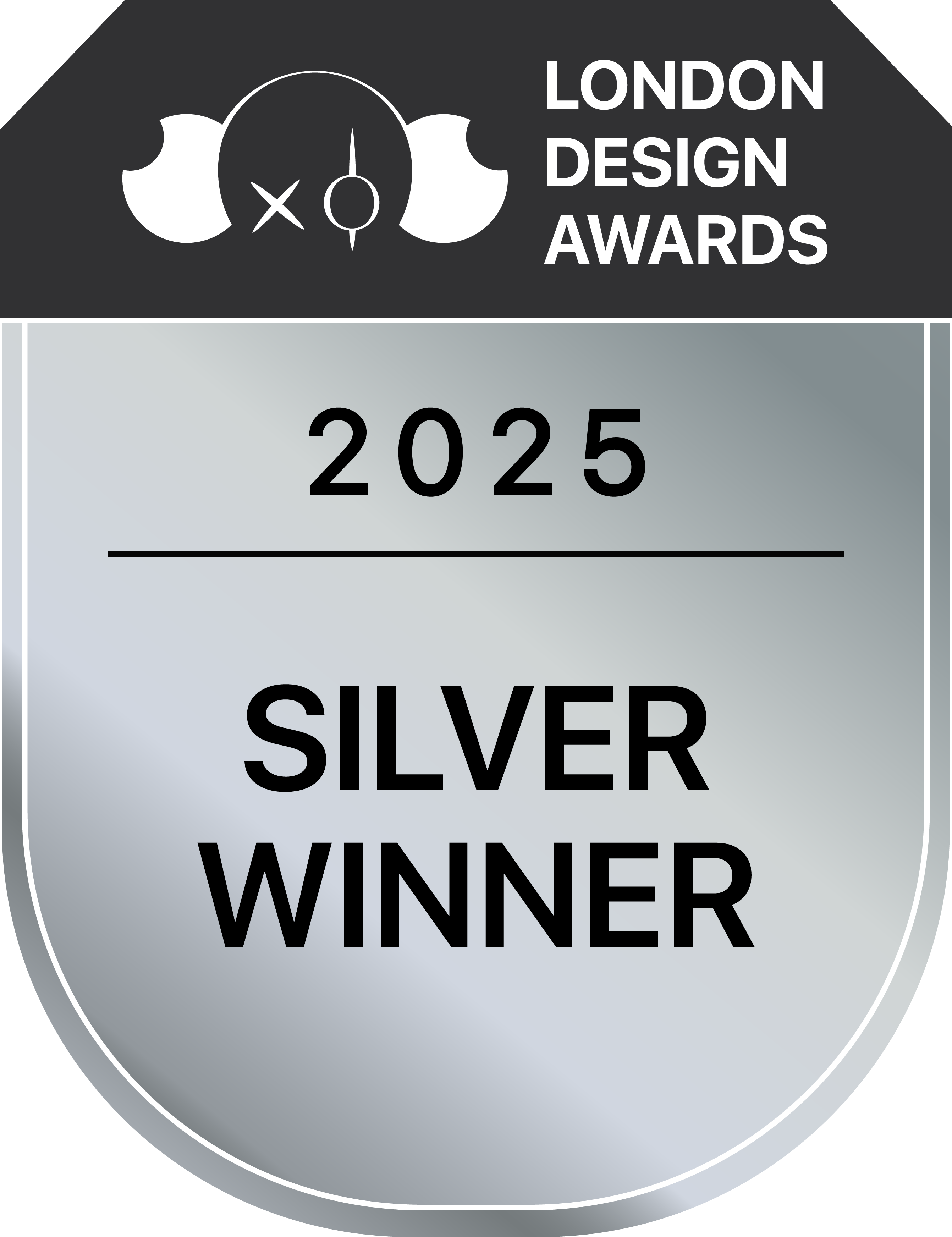
Inna Efimova
1. Congratulations on winning the London Design Awards! Can you introduce yourself and share about what inspired you to pursue design as a career?
Thanks so much for the lovely congratulations! My name is Inna Efimova. I’m a cross-disciplinary art director and designer with over 10 years of experience in the creative industry. I specialise in brand identity, packaging, advertising campaigns, and photography. In my work, I bring together strategic thinking, aesthetics, and a creative approach.
My first encounter with design happened back in school — I drew a lot, gravitated toward everything creative and unconventional. Even then, I knew that design was the field where my ideas and visual thinking could truly come to life.
When choosing a career, I was torn between industrial design and advertising. I ultimately chose advertising for its flexibility, diversity, and openness to creativity. I was especially drawn to its production side and the opportunity to develop strong concepts that help brands launch and make a statement.
Over time, I immersed myself more deeply in visual communications — I wanted to be involved in shaping the visual identity of a product or company. That’s how my cross-disciplinary approach was born — one that energises and inspires me at every stage of the process.
What drives me most in design is the power of an idea — its ability to scale and take shape across different mediums: from branding and packaging to photography and advertising.
Design has become my way of thinking. It’s a space where I feel the greatest sense of freedom and creative energy. It allows me to think conceptually, work with visual culture, and influence how people perceive brands, products, and meaning. And that, to me, is truly valuable.
2. What does being recognised in the London Design Awards mean to you?
Thank you so much for valuing my work so highly — the silver award is truly meaningful!
I believe every designer should challenge themselves by participating in international competitions. It's one thing when a client evaluates your work, but it's something completely different when it's recognised by fellow designers — a global community with deep experience in ideas and their execution.
This recognition gives me a strong sense of encouragement to keep moving forward in design, to create more truly meaningful projects that influence our industry and shape how people experience the world around them.
It feels like, step by step, we're making reality a little better — and it's through these small changes that big transformations begin. Thank you for supporting me on this journey!
3. How has this achievement impacted your career, team, or agency, and what opportunities has it brought so far?
I believe this victory opens up many new opportunities.
My work will become more visible, and more clients might want to collaborate with me. Together, we can create new products and bring them to market.
Of course, it’s impossible to predict all the twists and turns of fate — sometimes even a small article can play a huge role and spark something entirely new. After such a significant win, I’m confident that positive changes lie ahead — not only for me but also, for example, for my colleagues.
This award can inspire other designers to create bold and high-quality products, to not be afraid of external evaluation, and to be more open within the professional community.
4. What role does experimentation play in your creative process? Can you share an example?
There’s certainly less room for experimentation in commercial projects.
Experience often tells you which solutions will work and which won’t, which naturally narrows the space for the truly unknown.
That said, experimentation plays an important role in my creative process, especially when it comes to personal projects. That’s where there are no external frameworks, no briefs, no client expectations — just me, the idea, and the process of bringing it to life.
Often, these "free" experiments become sources of new methods, unexpected discoveries, or fresh approaches that later influence my commercial work as well.
To keep that experimental spirit alive, I try to stay connected to myself through yoga, long walks in nature, or simply catching a moment of stillness.
Moments when I can let go of control, quiet the inner critic, and just be.
My boldest and most vivid ideas tend to come exactly at those times, when the mind releases its grip, thoughts settle, and true creativity comes to the surface.
5. What's the most unusual source of inspiration you've ever drawn from for a project?
In design, we often don’t give enough attention to simple observation.
Most of the time, we’re faced with a clear task: improve something, rework it, solve a specific problem — and we jump straight into action. With tight deadlines and multiple projects running in parallel, there’s rarely time to just pause and quietly observe the process or the world around us.
Photography taught me how to truly see. To notice subtle, almost weightless moments — light, movement, expression, silence. It’s a special state of being fully present and simply watching, without immediately trying to analyse.
And it was exactly from that space of observation that the concept for Boiling point was born — the one that won Silver at your festival. It became a reflection of my experience of seeing, not just doing.
For me, observation is the most unusual — and at the same time, the most powerful — source of inspiration when working on a design project. Usually, we rely on concrete inputs: information, references, trends. But observation is a much more creative and intuitive process. It requires time, stillness, and attention. And that’s where its strength lies.
6. What’s one thing you wish more people understood about the design process?
I truly wish more people — especially aspiring designers and my students, who work hard every day to improve their projects — understood that design takes time.
It’s a deep, multi-layered discipline that can't be mastered overnight. You shouldn’t expect instant results or rush toward quick success.
What’s truly important is learning to absorb as much as possible — to observe, explore, try, and make mistakes.
Over time, your own creative vision begins to take shape, along with confidence in your decisions and a clear direction for how your design work evolves.
7. How do you navigate the balance between meeting client expectations and staying true to your ideas?
For me, the key is always staying connected.
It’s essential to align expectations early on — to have open conversations at the very beginning of the project about goals, values, and what success should look like. That way, everyone is moving in the same direction with a shared vision.
When the client and designer are thinking in unison, it creates space for creativity within clearly defined boundaries. That’s what allows me to balance staying true to my ideas while meeting the client’s needs.
8. What were the challenges you faced while working on your award-winning design, and how did you overcome them?
Working on Boiling point, the biggest challenge was finding the right shapes.
It was important for me that the forms were soft and flowing, without sharp edges — shapes that would “breathe” and convey the right mood. Most of the time was spent experimenting with different options, searching for fluidity and balancing visual lightness with expressiveness.
This stage required a lot of focus and patience, but it was through this process that I arrived at the final solution I’m proud of.
9. How do you recharge your creativity when you hit a creative block?
When I need to recharge my creative energy, I usually take a walk and have a short break. Even a 30-minute walk in nature can completely change my state of mind — it helps me disconnect, clear my head, and relax. After that pause, I come back with renewed strength and fresh ideas, ready to dive back into work.
10. What personal values or experiences do you infuse into your designs?
In every design project, I strive to create the most user-friendly experience possible. I always consider how the identity system will evolve after my involvement, how easily it can be maintained, and whether the client can manage it independently. The same applies to packaging — I think about how convenient it will be for users, its environmental impact, and how it can be recycled.
Throughout my work, I consistently keep the focus on the people who will continuously interact with the results of my efforts. It’s important to me to make that interaction as simple and effective as possible.
11. What is an advice that you would you give to aspiring designers aiming for success?
It’s important not to be afraid of making mistakes and to keep growing constantly through learning and practical experience. Even small steps matter, and I’m confident they will definitely pay off. The key is to never stop and always believe in your abilities while moving forward.
12. If you could collaborate with any designer, past or present, who would it be and why?
I think it would be Henryk Tomaszewski. I admire his boldness in design and the way he skillfully integrated hand-drawn elements into his posters. For me, his work represents the essence of collage, rebellious spirit, and strong conceptual thinking — all of which resonate deeply with me. I would be especially curious to collaborate with him on a commercial project, like packaging — I’m sure it would be a revolutionary product with a bold and expressive style.
He also interests me as a person. Since I also teach design, I’d love to discuss with him his approach to education — to exchange experiences, perspectives, and methods. After all, we’re from different generations, and it would be incredibly valuable to talk about both new approaches in design and perhaps forgotten techniques from the past.
13. What's one question you wish people would ask you about your work, and what's your answer?
Hmm, that’s an interesting question! For example, you could ask:
What personal qualities do you consider to be the most important resources in your profession, and why?
My answer would be this:
Openness — to everything new: to people, ideas, and experiences. It’s not just about perceiving, but about the ability to listen, observe, and engage in a dialogue with the world. From this openness, unexpected ideas and strong solutions arise.
Courage — allows one to speak up, share projects, step beyond the familiar, and find like-minded people and new clients.
Proactivity — is just as important. Ideas should not only live in imagination but also take real form, bring value, and work effectively in context. Proactivity is the ability to carry ideas through to completion and see the positive impact they have on the world.


